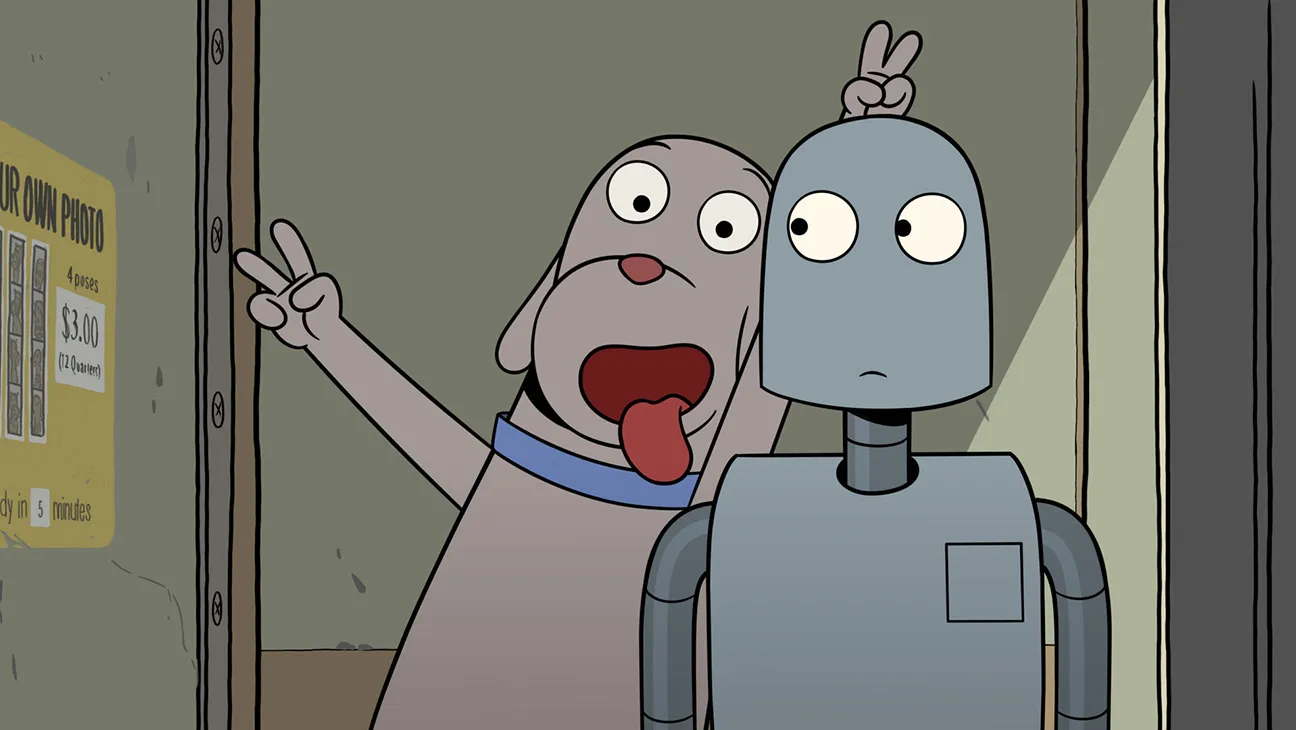by Jack Clancy
Escape from Alcatraz opens with the camera panning across San Francisco Bay and the bridge, and then to the grim, gloomy island of Alcatraz. The first sequence, as the credits come up, shows the arrival, through rain and darkness, of a prisoner for the “Rock”: it is shot in tight, constricted close- up and mostly in shadow.
Almost the last shot of the film is of three men, supported by a flimsy, makeshift raft and lifebelts, splashing out into the blackness of San Francisco Bay. The long shot remains on them until all that can be seen is the darkness: convicted criminal and persistent escapee Frank Morris (Clint Eastwood) has returned to the darkness of the outside world and is swallowed by it.
In between these two sequences one is shown, in almost documentary fashion, the only successful, or unresolved, escape attempt in the 29-year history of supposedly escape-proof Alcatraz — the prison reserved for America’s toughest and most troublesome prisoners.
It is an ideal project for Eastwood, who doesn’t have to work too hard to be totally convincing as an intelligent hood, and for producer-director Don Siegel, for several reasons. Siegel had already made one of the best Hollywood prison films, Riot in Cell Block II (1954). and his talent as action director is also evident in this film, though his cautious liberalism is more specific.
Escape from Alcatraz is essentially an all-male film. Siegel has always been one of Hollywood’s more misogynist filmmakers (“Women are capable of deceit, larceny, murder, anything. Behind that mask of innocence lurks just as much evil as you will find in members of the Mafia”, he once said). And the prison setting, with its loner against the system, is the ideal arena for another of Siegel’s individualist, social outcasts to wage his struggle in a universe which is hostile. Irrational and uncaring.
It is the sort of place where, when an inmate asks “Why?” after a particularly pointless and arbitrary injustice has been done to him. one knows that he will get no answer. The question “why” simply has no meaning.
What fascinates Siegel, and first-time scriptwriter Richard Tuggle, is the mechanics of survival in such an appalling place, and then, an hour into the film, the mechanics of escape The two threats to Morris’ survival are the warden (Patrick McGoohan, looking more like English cricketer Geoff Boycott than ever) and the other prisoners, particularly the black prisoners, and a repulsive giant named Wolf (Bruce M. Fisher).
The warden is concerned only with efficiency and security. He makes Morris aware that no one has ever escaped, and that Alcatraz has nothing to do with rehabilitation. “We don’t make good citizens: we make good prisoners”, he says. Or, as one of the prisoners puts it, “They don’t want you doing anything here but time.”
Ironically, the warden provides the means and the motivation for the escape: by being careless with a pair of nail clippers, and by an act of arbitrary egotism. When he finds that Doc (Roberts Blossom), an aged prisoner who has been given permission to paint, has completed a portrait of him which he doesn’t like, he withdraws Doc’s painting privileges.
Doc’s painting and his attachment to flowers (“It’s something ir.sidc me that they can’t lock up. with all their bars and walls”) are his means of survival. Deprived of them, he mutilates himself in a scene that is saturated in the sort of tension Siegel can manage so well.
The threat from Wolf is. inevitably, a sexual one. and Siegel’s keen, not to say eager, interest in sexual perversity is blatantly evident in his handling of Wolfs attempted seduction of Morris, the new “fish”. (Rarely can a single strand of spaghetti have been used so lasciviously.)
Morris’ violent rejection of Wolf ensures that, within the system of total repression, he has a mortal enemy. His friends arc Doc. some of the black prisoners, and an ageing prisoner called Litmus (Frank Ronzio) because his skin changes with the weather — blue in the cold, red in the heat.
In a nice variation on the racist (heme, the blacks call Morris “boy”, but Morris, or the Eastwood persona, wins their respect sufficiently for them to protect him against Wolf One is forced to wonder, after Attica, whether this sweetness and light view of race relations in prison can be taken too seriously.
The film is dominated, and its documentary tone negated, by Eastwood as Morris, and by touches of what can only be described as melodrama. (The worst instance of this is the moment when Morris is first put into his cell, and the guard’s harsh “Welcome to Alcatraz” is followed by rolls of thunder and flashes of lightning.)
Morris is given little background, except a vaguely-sketched career of crime and escape. He has no family, and when asked, “What sort of childhood did you have?” he replies, “Short!” Any further elaboration would interfere with the man-of-steel superhero figure to which the Eastwood persona and the script contribute.
The escape, by means of ventilator grilles through to a shaft which leads to the roof, and aided by dummy heads left on the pillows in the cells, is as tension-filled as fans of this genre have a right to expect. One of the intended escapees. Charly Butts (Larry Harkin). has a predictable failure of nerve, and is left behind, it only underlines the implausibility of super-efficient Morris agreeing to lake him in the first place.
In Siegel’s world, those who aren’t lough enough go under Morris and two fellow prisoners escape into the darkness, and their bodies are never found: the warden is recalled to Washington.
Siegel was one of the overlooked Hollywood directors to be re-discovered in the auteur flurry of 1960s film criticism. (There is a story of Siegel facing a large French audience of applauding film-buffs, putting out his arms to them and saying. “Where were you when I needed you?”) And while this film shows every sign of satisfying the audience for whom it was made, and the auteurists who admire Siegel. I suspect it does very little to enlarge sympathy or understanding.
The liberal gestures arc predictable and perfunctory, and the case against the penal system is more devastalingly made by the film on the Attica rebellion. Perhaps the film may be of interest to people like structuralist critic Alan Lovell, who dabbles in the auteur-structuralist game and finds that, sure enough, there arc in Siegel’s films patterns of binary oppositions: adventurer/society, crime/law, passion/control, anarchy/organization. and violence/tranquillity .
Those who wish to join Lovell in such a game might add another — darkncss/light — noting that in this case there is a reversal in process Darkness here is positive and represents security and. ultimately, freedom, light means menace and threat. It might well he Siegel’s most telling comment on the America he sees.
Perhaps too, the rather tatty auteurist stream of criticism, still in vogue in this country for want of anything more substantial, might need to be re-assessed. Siegel is established as not only a most efficient technician, but as a director with auteur status. It might be time to wonder whether, beyond that, he is important for anything he has to say.
Cinema Papers, Issue 24, December-January 1979-80; p. 665




